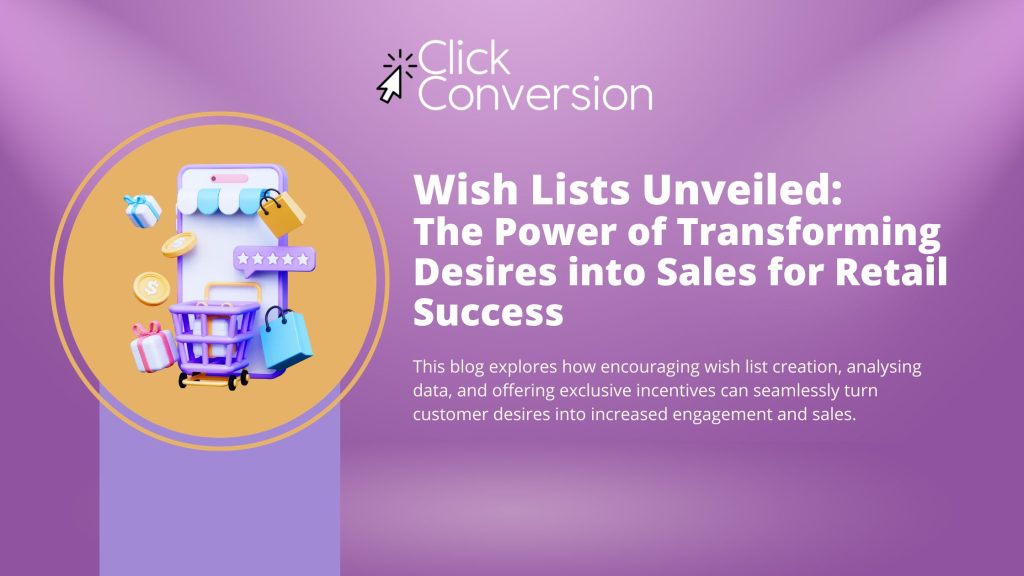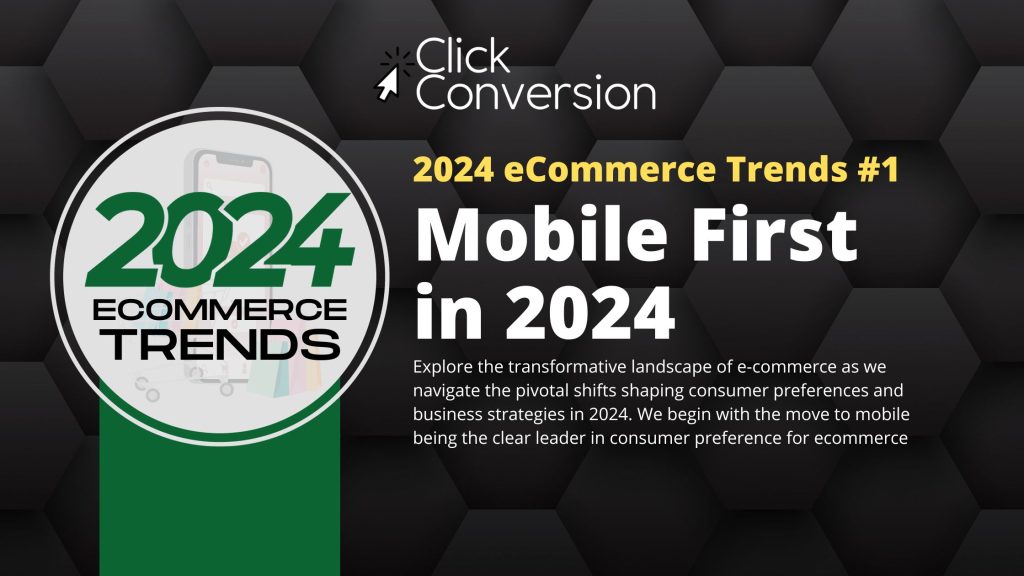In the ever-evolving landscape of e-commerce, retailers are constantly seeking innovative ways to connect with customers and drive sales. One powerful yet often underestimated tool in the retailer’s arsenal is the humble wish list. Encouraging customers to create wish lists not only helps them organise their desired purchases but also provides retailers with a treasure trove of valuable insights into consumer preferences. In this blog post, we’ll explore the transformative potential of wish lists and how retailers can leverage this data to boost sales.
The Impact of Wish Lists
Wish lists have evolved from being a mere organizational tool for shoppers to becoming a strategic asset for retailers. According to a study by Listrak, a staggering 70% of retailers reported a noticeable increase in revenue from customers who actively engaged with their wish lists. This statistic alone underscores the significant impact that wish lists can have on a retailer’s bottom line.
Consumer Expectations and Preferences
Understanding consumer expectations and preferences is the cornerstone of successful retailing. The Baymard Institute reveals that 47% of online shoppers are more likely to make a purchase from a brand that offers a wish list feature. This statistic highlights the importance of incorporating wish lists into the online shopping experience. For consumers, wish lists serve as a virtual shopping basket where they can curate products they desire, creating a seamless and personalised shopping journey.
Accenture’s research adds another layer to the story, with 75% of consumers expecting personalised offers based on their purchase history and behaviour. Wish lists, when used strategically, provide a direct window into consumers’ preferences, allowing retailers to deliver the personalised experience that modern shoppers crave.
Leveraging Wish Lists Effectively
Now that we understand the potential impact of wish lists, let’s delve into how retailers can leverage this valuable tool effectively.
- Promote Wish List Creation through Email Marketing and On-Site Prompts
One of the key challenges for retailers is getting customers to actively engage with wish lists. To overcome this hurdle, incorporate prompts in your email marketing campaigns encouraging customers to create and update their wish lists. Additionally, strategically place on-site prompts or pop-ups that highlight the benefits of wish lists, such as receiving personalised recommendations and exclusive offers.
- Analyse Wish List Data for Insights
Wish lists provide a wealth of data that can be mined for valuable insights into consumer behaviour. Retailers should regularly analyse wish list data to identify trending products, popular categories, and seasonal preferences. By understanding what customers are aspiring to purchase, retailers can fine-tune their inventory, marketing strategies, and even product development to align with consumer desires.
- Offer Exclusive Discounts or Promotions for Wish List Items
Incentivise wish list engagement by offering exclusive discounts or promotions for items on customers’ wish lists. This not only encourages immediate conversions but also fosters a sense of exclusivity, making customers feel valued and appreciated. These exclusive offers can be communicated through targeted email campaigns or personalised notifications on your e-commerce platform.
Case in Point: The Success of Exclusive Wish List Offers
Consider a scenario where a customer has added a high-end electronic gadget to their wish list. Leveraging this insight, a retailer could send a targeted email offering an exclusive discount on that specific product. This personalised approach not only increases the likelihood of a purchase but also enhances the customer’s perception of the brand, creating a positive feedback loop.
Conclusion
The transformation of desires into sales is not merely a tagline; it’s a strategic imperative for modern retailers. Wish lists, once viewed as a simple feature, have emerged as powerful tools that bridge the gap between customer aspirations and retail success. The statistics speak for themselves: consumers are more likely to engage with brands that offer wish lists, and retailers can reap substantial rewards by strategically leveraging the data generated through these lists.
By promoting wish list creation, analysing the generated data, and offering exclusive incentives, retailers can turn wish lists into a dynamic force that drives customer engagement, personalisation, and, ultimately, increased sales. So, as you plan your next marketing campaign, remember to tap into the transformative power of wish lists, and watch as your customers’ desires seamlessly transform into lasting brand loyalty and increased revenue.
ECOMMERCE TIPS STRAIGHT TO YOUR INBOX
Keep yourself informed about the newest trends and developments in eCommerce, particularly focusing on their impact on the Irish retail landscape. Sign up to receive our newsletter directly to your inbox.




